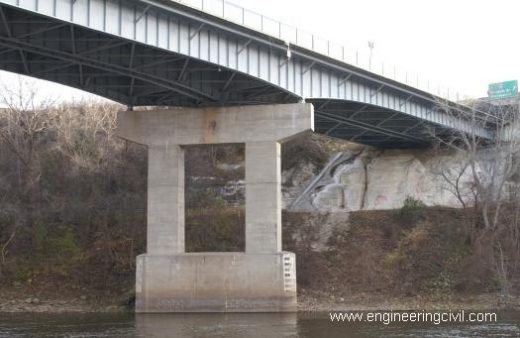By
Sourav Dutta
Manager-Civil
The first version of BIS 1786 came out in 1985 when in Cl.5.1, the code suggested the nominal sizes as shown below:
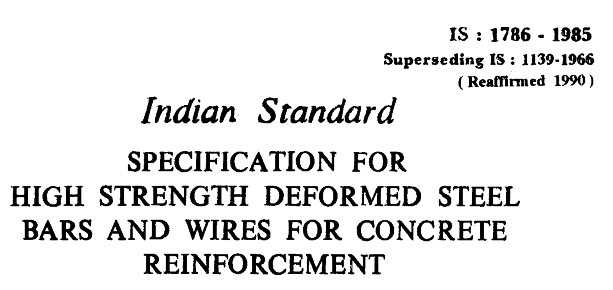

Fig 1 (s) : BIS1786-1985 and the relevant clause
The next version of the code BIS 1786 was introduced in 2008, where nominal sizes were rationalized and nominal sizes 7 mm, 18 mm, 22 mm, 45 mm and 50 mm had been removed. In Cl. 6.1, the code had suggested the nominal sizes as shown below:
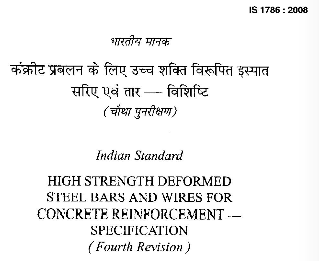
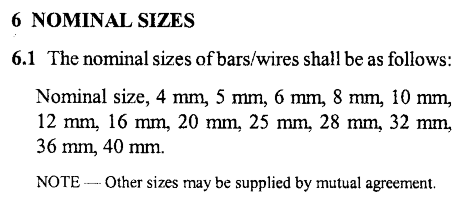
Fig 2 (s) : BIS1786-2008 and the relevant clause
Thus it is very normal that higher dia rebar like 36mm or 40mm are finding place in construction industry, which are having the following features as listed below:
- Reduction in Nos of rebar consumption
C/s area of 32mm dia rebar=3.142x32x32/4=804 mm2. Considering current project designed on 32mm dia rebar, and then redesigned using 36/40mm dia rebar, expected minimum nos of rebar savings= 26% (for 36mm dia, having c/s area=1018 mm2); and 56% (for 40mm dia, having c/s area=1256 mm2).
- Reduction in Labour Cost
Lesser steel to handle and hence labour costs are lower by minimum 26-56%.
- Reduction in Congestion /Constructability
Lesser number of bars (minimum 26% to 56%) to carry similar loads resulting into lesser congestion, and hence improving the quality of construction.
- Faster Progress
Lesser steel (minimum 26% to 56%) handling enables faster project progress/completion.
- Guidelines on lapping/splicing:
As per BIS456-2000 lap splices shall not be used for bars larger than 32 mm. Bars huger than 32 mm shall be welded (based on guidelines of IS9417) or mechanically spliced.
General applications of Higher dia rebar (36/40 mm):
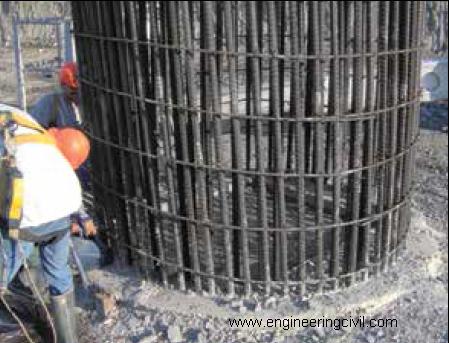
Fig 3 (s) : Piers/Abutments of Bridge/Flyover
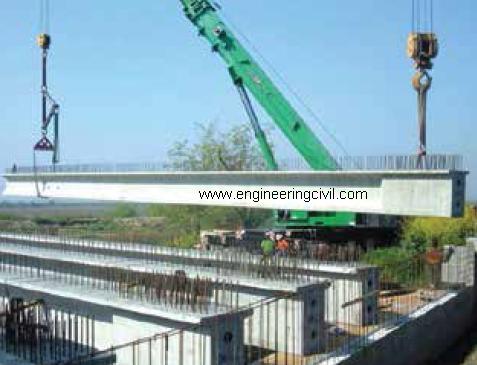
Fig 4 : Longitudinal girders of Bridge/Flyover
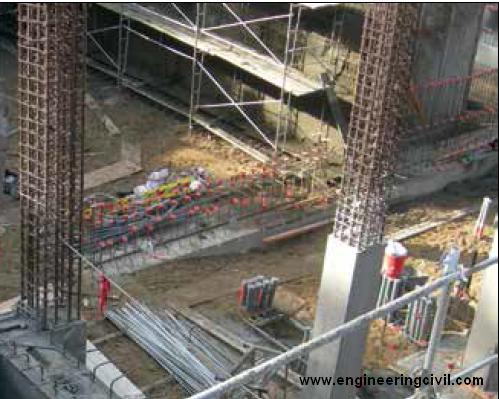
Fig 5 : Columns in High-rise buildings
We at engineeringcivil.com are thankful to Er. Sourav Dutta for submitting this paper to us. We hope this paper will be helpful for the whole construction industry in general.
If you have a query, you can ask a question here.



